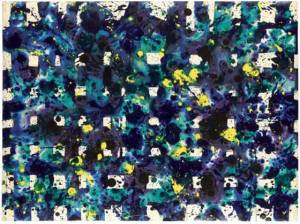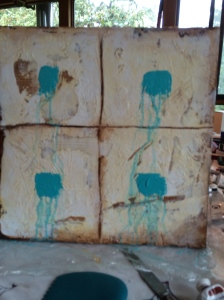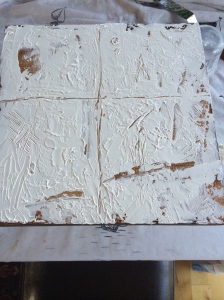An artist never stops learning. As soon as you do, you stop being creative. Creativity is about problem solving, it’s about doing something new. If you’re drawing or painting in the same way, using the same subject matter, you’re no longer being creative. You need to stretch, you need to feel uncomfortable, maybe even (gasp!) fail at what you’re doing a few times. If you are starting to feel like your art is coming easily then it’s time to go back to school.
Lately I have been unsatisfied with my work. I’ve felt stuck in a rut, doing the same thing over and over. My solution, get back to learning new techniques, use different materials, make new art, say something different. I am doing this by watching videos, looking at other artists work, reading artists blogs, then trying to incorporate their methods into my work, or even try to copy their work.
Some artists I’ve been looking at include Franz Kline 
and more modern artists like Tom Dixon 
I’ve enjoyed discovering artists I’ve not been aware of previously and it’s broadened and informed my own mark-making and palette. Some works I’ve viewed have invoked an initially negative response in my mind. I’ve thought “I don’t like that, I can’t do that, I would never express myself like that!” Those pieces are the ones I’ve learned the most from. Trying to understand the how and why of challenging art and then trying to use what I’ve learned in my own art has forced me to grow creatively and make art in a way I haven’t done since art school. It’s refreshing and tremendously satisfying.




















